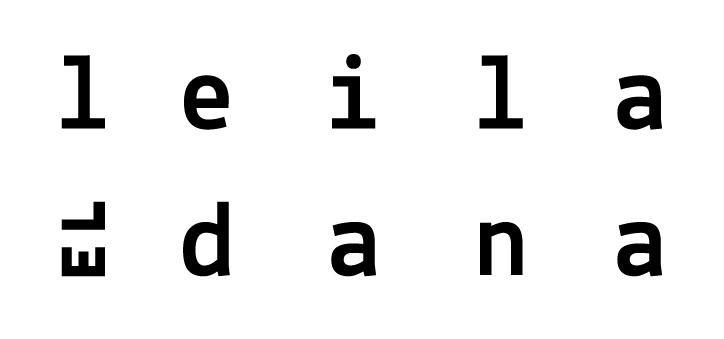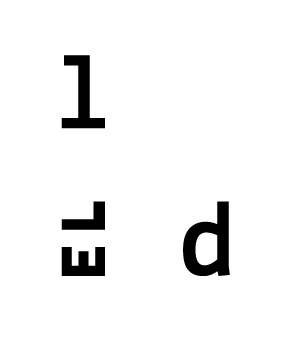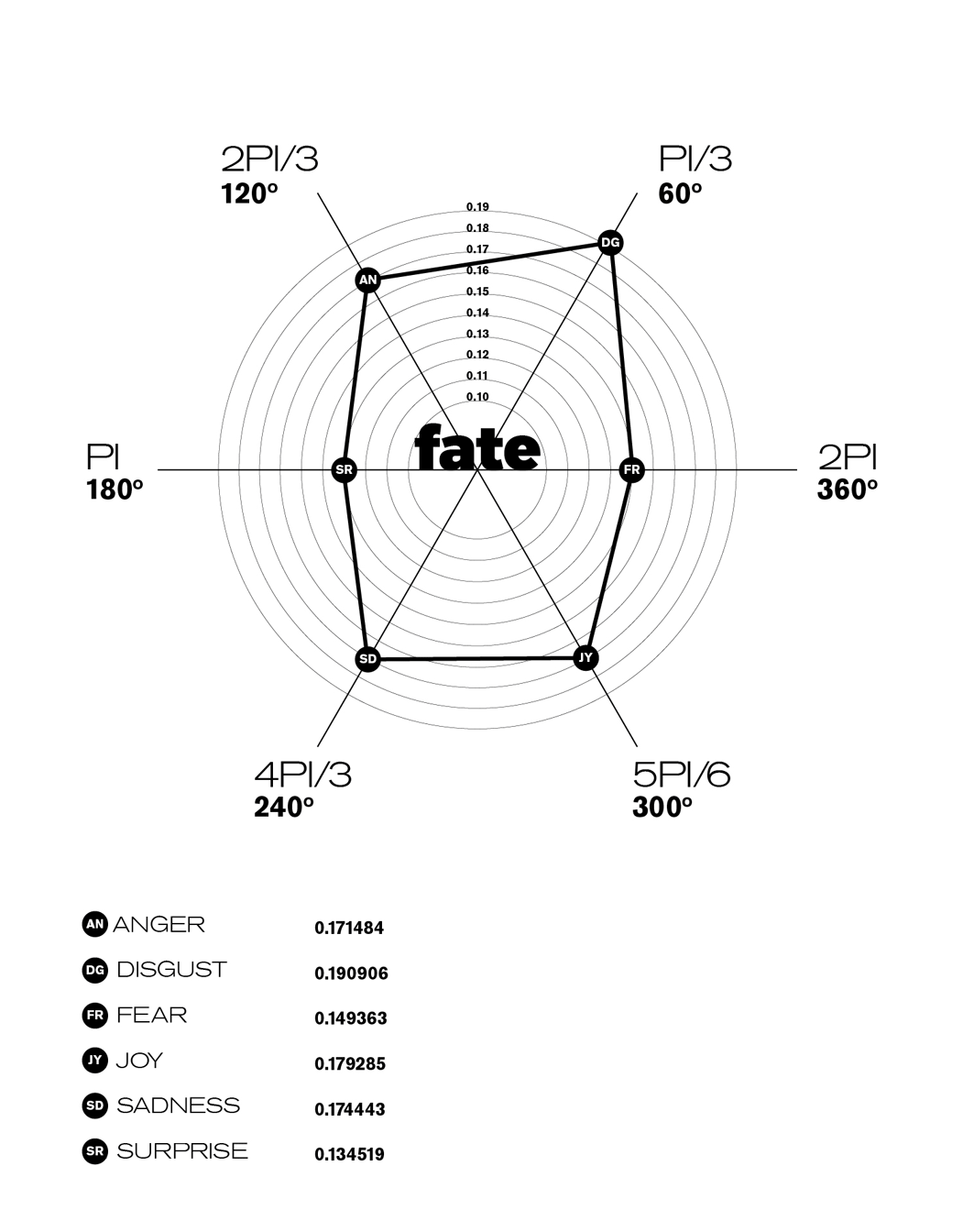Hexagon
Language is not merely a label to an emotion. Language plays an important role in emotion analysis. It makes up the concept knowledge that allows one to make sense of exteroceptive stimuli and the emotions they provoke. In this installation, a single word takes the user on a journey and allows the mind to imagine a narrative. Word associations are built on similar emotional compositions to create a linked path. According to Paul Eckman, there are 6 basic emotions that are universally understood. Each word is compared to a set of 100 words to find the closest emotional composition of Anger, Disgust, Fear, Joy, Sadness, and Surprise. The closest word is then compared to another set of 100 words until 10 comparisons are made. Hence, the emotional journey may start and end with different emotions.
Installation, Machine Learning [Support Vector Machine], Emotion Detection, Generative Art, Projection
-
Software: MAX 8 / JITTER + ML.LIB Package
Hardware: iPad + Projector + Laptop running MAX
Committee Member: Philip GalanterExhibitions
Opening the Black Box, Stark Gallery, Texas A&M University, College Station, TX, 2021
SVM algorithm is trained to recognize the 6 basic emotions of ~50,000 words.
The user inputs a word (ex. 'fate'). The program analyzes its emotional probabilities and searches for another word with similar probabilities from a batch of 100 words. Through association, the user may start with a word whose highest emotional probability is 'Sadness' and end up with a word whose highest emotional probability is 'Anger.'
The visuals are inspired by polar graphs where each emotion is placed at a different angle and its probability is mapped on the corresponding radius of a 0.1 scale. The result is a shape-shifting hexagon.










